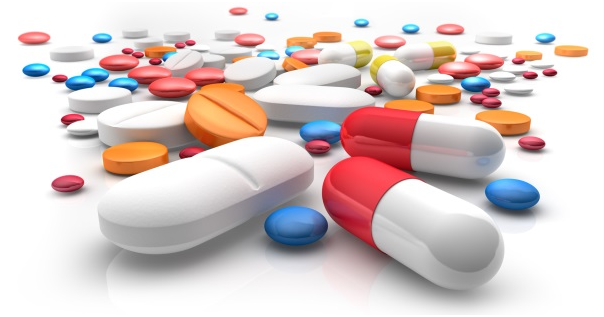Systemic Corticosteroids
Mode of Action
Like inhaled corticosteroids, systemic corticosteroids act predominantly by suppressing transcription of pro-inflammatory genes, although some acute non-transcriptional modes of action have been proposed. Enteral or parenteral use of corticosteroids is usually indicated for emergency situations. Time to effect is equal between enteral and parental corticosteroid routes, and effects are usually detectable by 6 hours. Oral prednisolone reduces numbers of CD3+ and CD4+ lymphocytes, eosinophils and mast cells in large airway tissue from asthmatics. Reduction in expression of the TH2 cytokines, IL-4 and IL–5, also occurs with an increase in interferon-gamma. Parenteral use of triamcinolone can abolish persisting eosinophilia and improve symptoms in patients with severe asthma; its mechanism is not understood.
Side Effects
Side effects can include
1
Glycaemia
2
Appetite stimulation and weight gain
3
Fluid retention
4
Hypertension
5
Osteoporosis
6
Cataracts

7
Psychiatric changes
8
Peptic ulcer disease
9
Skin bruising and thinning
10
Adrenal suppression
11
Menstrual irregularities

Comments
Long-term use of oral corticosteroids is reserved strictly for patients still symptomatic despite high dose inhaled corticosteroid and adjunctive therapy. Courses of 7-10 days of prednisolone 40-50 mg/daily or its equivalent, given in divided doses are recommended for exacerbations until symptoms and peak flow readings improve. Intramuscular triamcinolone can be used in situations when compliance is a confounding factor or when response to oral corticosteroids is poor.
Long-term use of systemic corticosteroids requires careful monitoring for side effects.




